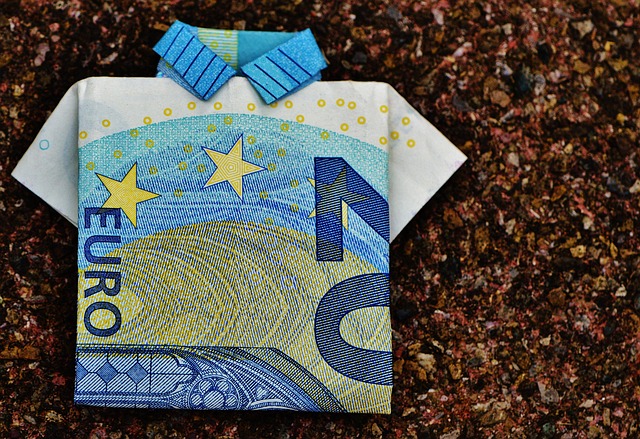The world of television has undergone a remarkable transformation since its inception, continuously evolving in response to technological advancements and consumer demands. As we sit on the cusp of ultra-high-definition visuals, understanding image compression techniques becomes essential for anyone looking to enhance their viewing experience on modern high-resolution monitors.
When we talk about TV display technology, we are often referring to not just the physical screens but the intricate processes that make the stunning visuals possible. High-definition and 4K televisions promise unparalleled clarity, but this clarity comes with its own challenges. Transmitting large files of high-quality video data can be resource-intensive, especially in our increasingly connected world where bandwidth is often limited. That’s where image compression techniques come into play.
Compression methods optimize video files without sacrificing quality—allowing smoother streaming and improved storage capabilities on your favorite platforms. Traditional methods like JPEG encoding have evolved into more sophisticated algorithms such as H.265/HEVC, which significantly reduce file size while maintaining stunning detail and color accuracy. This is especially critical when viewing on large monitors, where even minor compression artifacts can disrupt the immersive experience.
As we dive deeper into the realm of advanced visualization, it’s important to appreciate how these image compression techniques influence our first impressions of TV shows and movies. A well-compressed image can present a vibrant landscape of colors and contrasts, enhancing the emotional resonance of the visuals. With modern displays outfitted with OLED and quantum dot technologies, every detail in a scene comes to life. Thus, understanding these compression processes can deepen our appreciation for the clarity and beauty of the content we consume.
Remember the days of bulky CRT monitors that produced fuzzy images even in standard definition? Today’s high-resolution monitors make it possible to experience every nuance of a cinematic scene. However, the transition to these crystal-clear displays necessitates a delicate balance between image size and quality. Innovative algorithms are continuously rising to this challenge, ensuring that viewers can enjoy uninterrupted streams of flawless visuals, regardless of the device or platform being used.
In summary, as viewers equipped with sophisticated high-resolution monitors, our understanding of image compression techniques is crucial. This knowledge not only enhances our viewing pleasure but also connects us to the intricate world of TV display technology and its evolution. With each leap forward, we redefine what it means to experience entertainment in the digital age, showcasing humanity’s relentless quest for perfection in visualization.




